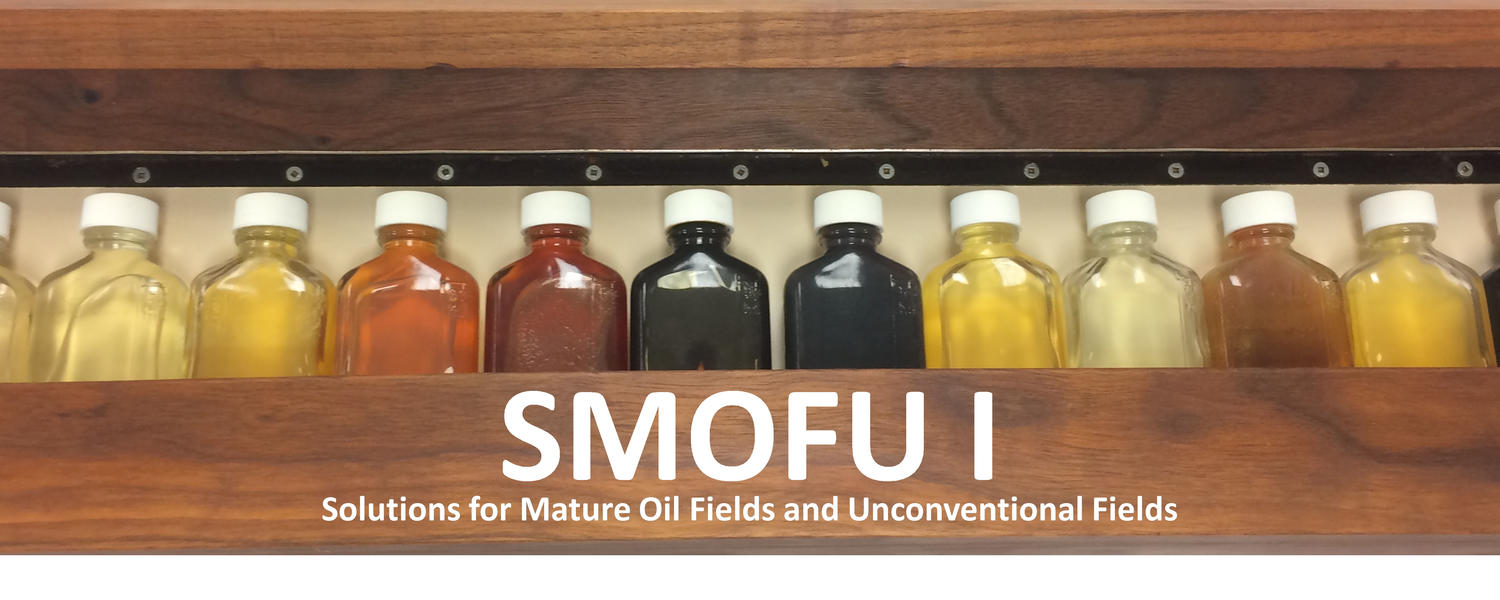SMOFU I
Solutions for Mature Oil Fields and Unconventional Fields
Knowledge Network Objectives:
- Tackle challenges and seize opportunities in extraction and processing in mature oil fields in Mexico's energy sector.
- Tackle challenges and seize opportunities in extraction and processing in unconventional oil fields in Mexico's energy sector.
- Study the geology of mature oil fields and unconventional oil fields.
- Ensure that the policy and regulatory framework consider best practices to achieve a climate of competitive investment, while also safeguarding environmental responsibility and safety in the extraction of resources from mature oil fields and unconventional deposits.
Optimizing oil extraction from mature fields through the analysis of fluid heterogeneities
The aim of this project is to increase the productivity of heavy oil fields in Mexico by better understanding how the heterogeneous nature of oil (as a fluid) within reservoirs influences our ability to extract such oil. At the outset, it is important to understand that heavy and extra-heavy crude oil bears little resemblance to the gasoline that flows like water into our cars’ tanks. As one example, in some areas in the Alberta oil sands, crude oil near the surface of the reservoir may have a viscosity similar to ketchup at room temperature whereas just fifteen meters deeper the oil may be thick like peanut butter stored in a freezer. Surprisingly, while spatial distributions of the fluid properties of oil within a reservoir can often have a major impact on the extraction of oil from the ground, such distributions are usually ignored.
Why are some crude oils more viscous than others? Heavy and extra-heavy oils are formed over millions of years, as microorganisms work to degrade conventional, light crude oils. Such microorganisms preferentially eat small oil molecules, and the biodegradation of these small molecules leads to the evolution of a more viscous, heavy oil. The final viscosity of oil depends on numerous factors, and such factors can lead to oils with very different fluid properties existing within the same reservoir. Heterogeneity in the fluid properties of oil is common, with both lateral and vertical variations existing within reservoirs.
This project led by a joint Mexican-Canadian team will identify these variations, vertically and laterally, in selected Mexican reservoirs. Through the process of better understanding the spatial distribution of the fluid properties of oil within reservoirs, this project will contribute to the efficiency and profitability of extracting oil from mature and unconventional fields.

